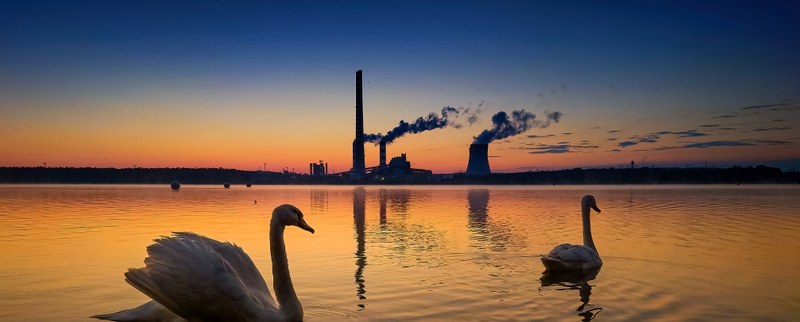Key air pollutant emissions decline across the EU, reducing ammonia is the biggest challenge
Key air pollutant emissions targeted for reductions and monitored under EU legislation continued to decline across most EU Member States according to the latest data assessment published by the European Environment Agency (EEA) today. However, reducing ammonia emissions remains a problem. In 2022, 16 Member States met their...
Most textile waste goes unsorted in Europe
The EEA briefing ‘Management of used and waste textiles in Europe’s circular economy’ shows the current state of textile waste generation, collection systems, treatment capacity and the different classifications for used textiles in Europe. According to the EEA estimate, around 16 kg of textile waste per person was...
Better links between waste management, circular economy and climate change mitigation measures can boost greenhouse gas emission reductions
Recycling, repair, re-use or reducing material consumption through circular business models can provide important additional reductions in greenhouse gas emissions helping to boost Europe’s climate change mitigation efforts, according to a European Environment Agency (EEA) briefing published today. The new EEA briefing found...
Costs of industrial pollution from largest facilities decline in Europe but remain at 2% of EU GDP
Air pollution from large European industry continues to cause significant damage to the environment, climate and people’s health. However, according to an updated analysis by the European Environment Agency (EEA), the cost of this pollution has declined by about a third during the past decade. Published today, the analysis...
Warming, acidification, dropping oxygen levels threaten Europe’s seas
Climate change’s triple impact on seas — warming waters, acidification and decreasing oxygen levels — are a major and increasing threat to Europe’s marine ecosystems. A European Environment Agency (EEA) briefing, published today, looks at main threats to Europe’s seas and points to key actions to improve the...
Air pollution levels still too high across Europe – remains top environmental health risk
Air pollution in Europe remains well above recommended World Health Organization (WHO) levels, posing a significant threat to our health. According to the latest European Environment Agency (EEA) air quality health assessment published today, 253,000 deaths could have been avoided in the EU if the fine particulate matter concentrations...
Urgent need to consider how to best use biomass in Europe
There are increasing and competing demands for using biomass in the EU, using it for bio-based products in sectors such as construction, energy, transport, furniture and textile industries, but also reserving it for nature conservation and carbon sequestration. The European Environment Agency (EEA) report, published today, stresses that...
EU’s greenhouse gas emissions dropped last year, but accelerated efforts still needed to meet ambitious 2030 targets
Now that the bulk of EU climate and energy legislation under the ‘Fit for 55 package’ is in place, the EU and its Member States are working to deliver on the targets, according to Trends and projections in Europe 2023 report which details progress made. As greenhouse gas emissions returned to a downward...
The benefits to biodiversity of a strong circular economy
The circular economy aims to transform our economy from the current, mostly linear, take-make-waste model towards a closed-loop model. This transformation can minimise the use of materials and energy while reducing environmental pressures linked to resource extraction, emissions and waste (EEA, 2016). In this way, the circular economy...
European bathing water quality in 2022
Quality of European bathing waters remains high Bathing water quality in Europe has improved markedly in recent decades. Systematic monitoring and management introduced under the Bathing Water Directive (BWD) (EU, 2006), large investments in urban wastewater treatment plants and improvements in wastewater networks have led to a...















